Crowns and Bridgework

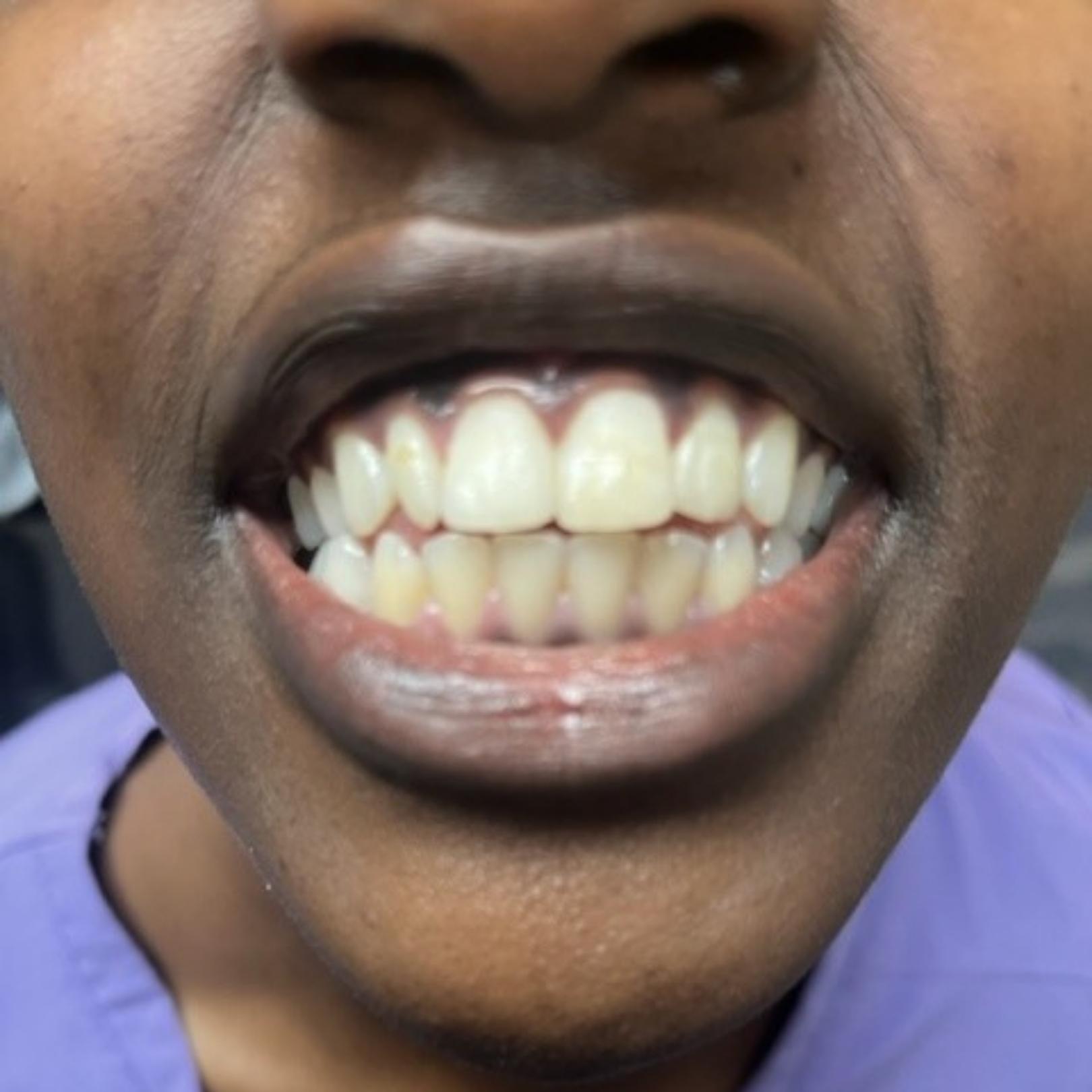
Strengthen Damaged Teeth to Help Them Function Normally Again
A dental crown or “cap” is a covering that is placed over a damaged or decaying tooth. They can also be used to replace an entire tooth as part of dental bridgework.
A crown completely covers a tooth above the gum line. Dental veneers, however, only cover a tooth’s front surface and will need your natural tooth structure to support it. If your tooth is missing a significant amount of structure above the gum line, a crown would a suitable option for dental restoration.
Crowns can strengthen damaged teeth and help them to function normally again. When crafted from modern dental ceramics, crowns are nearly indistinguishable from natural teeth. They can also be designed to improve your tooth’s appearance.

The Process of Crowning or Capping a Tooth
Crowning or capping a tooth will usually take two to three visits.
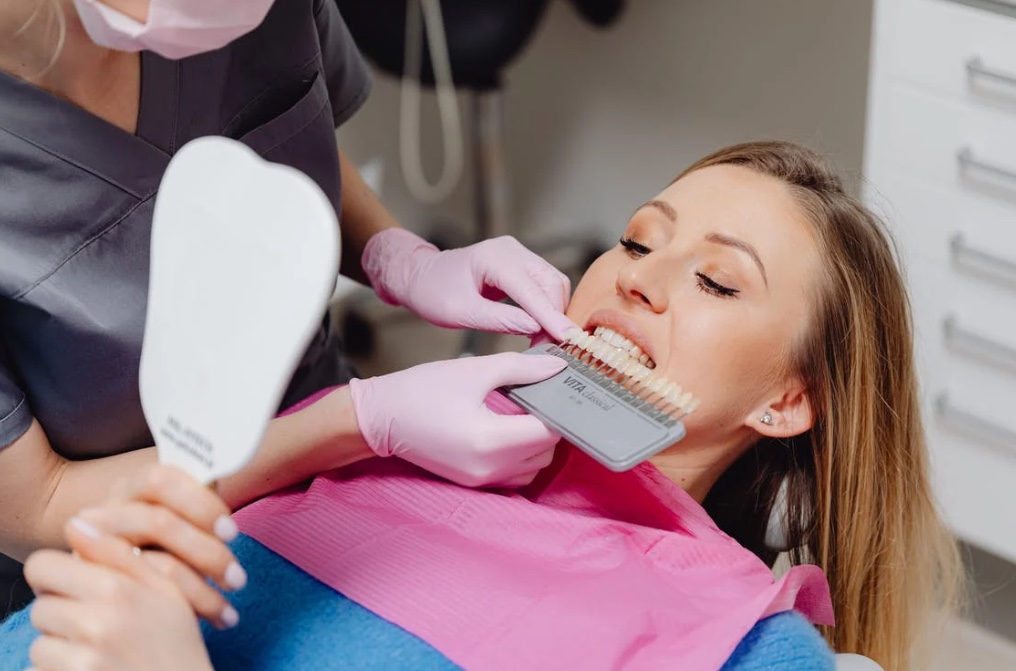
Preparing Your Tooth
During the first visit, we will prepare your tooth to receive its new crown by shaping it to fit inside the covering. This process involves some drilling to help give the tooth a uniform shape. Your tooth and the surrounding space will be numbed before we begin. If there is minimal tooth structure left to begin with, your tooth may have to be built up with filling material, instead of being filed down to support the crown.
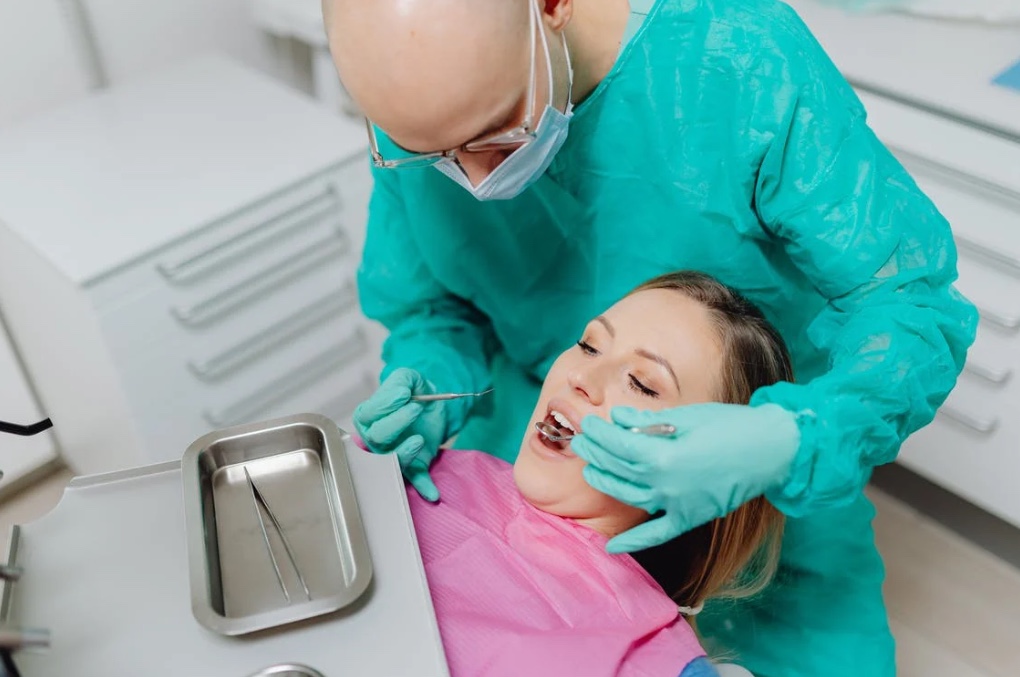
Impressions and Models
After your tooth is fully prepared, we will take impressions of your teeth. This can be done digitally or with reliable, putty-like impression materials which are then sent to the dental laboratory. There, our impressions will be used to craft models of your teeth for the development of a crown. These models will guide the lab technicians, who will make sure that your new crown is built to enhance your smile and function comfortably within your bite.
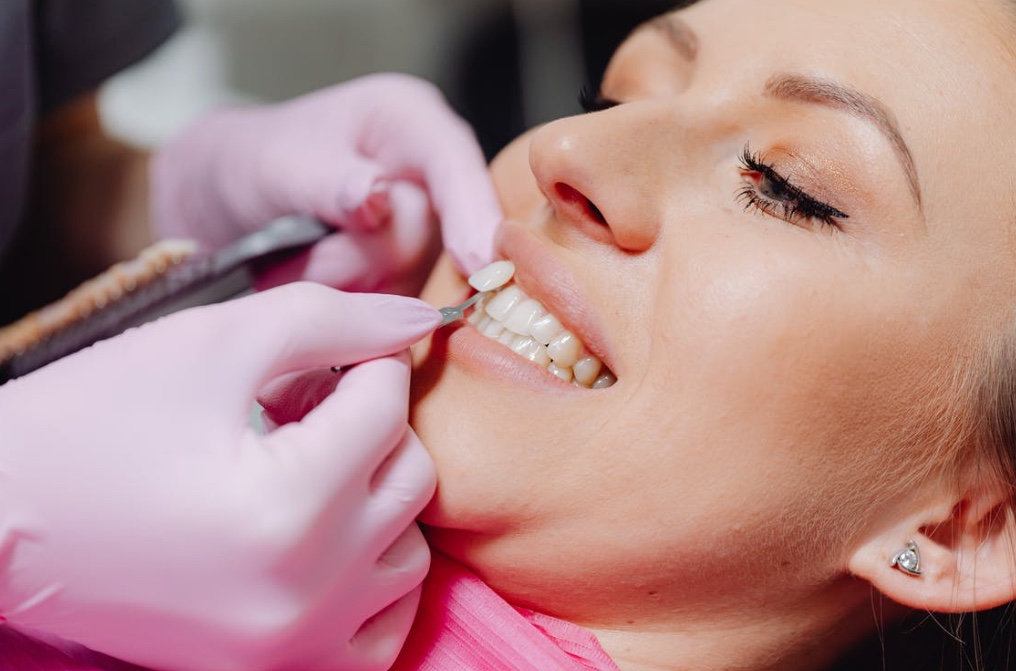
Crowning Your Tooth
Before you leave our office, a temporary crown will be attached to your tooth. This will be in place to protect your tooth until the permanent crown is ready to be applied. During the second visit, the new permanent crown will be attached to your tooth. The crown will be attached with either a resin that hardens when exposed to a particular light source, or a type of permanent cement.
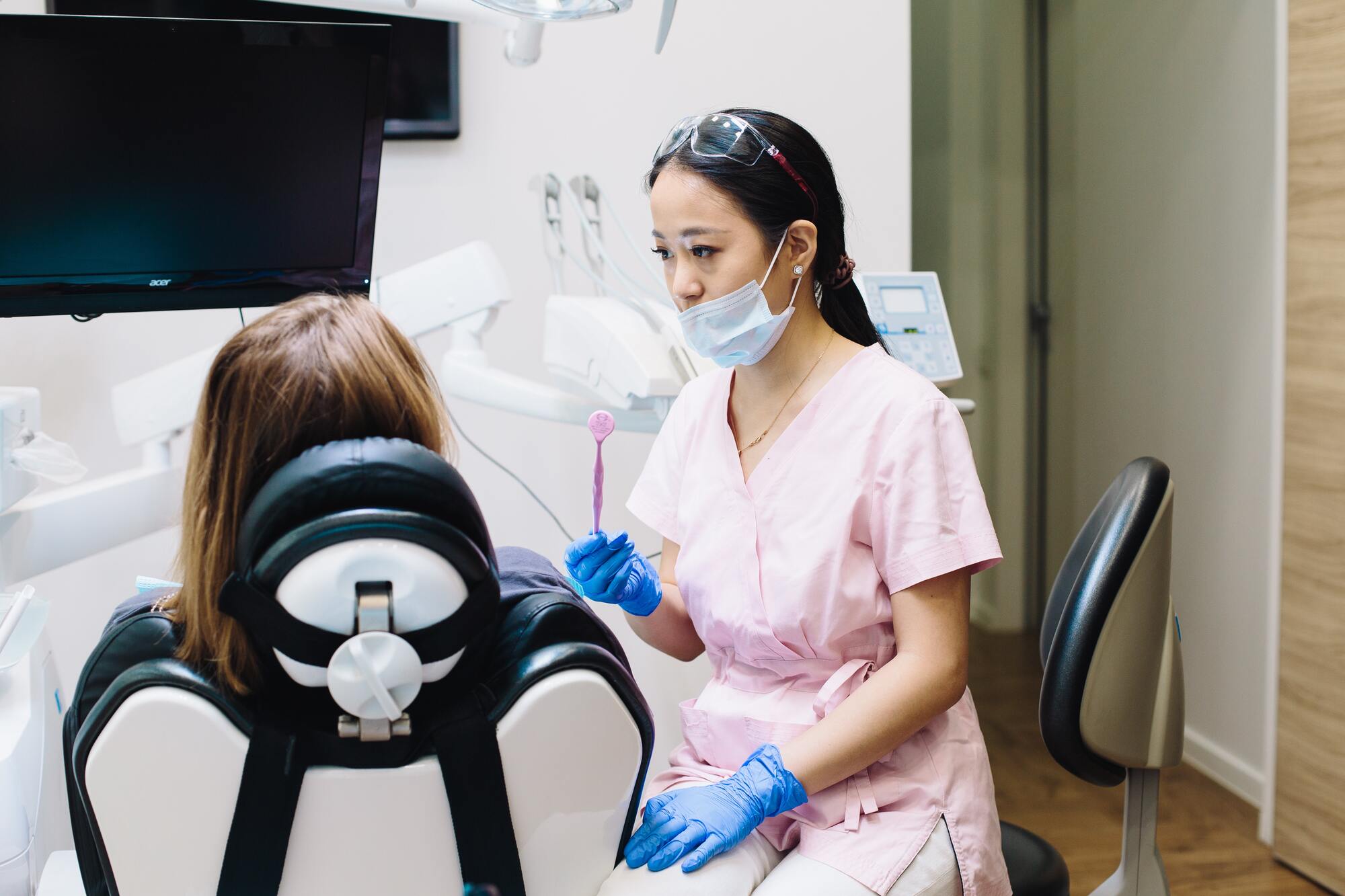
How to Care for Your Crowns and Bridgework
When crafted from modern dental ceramics, crowns are nearly indistinguishable from your natural teeth. Here’s how to take care of your teeth properly after crowning or bridgework procedures.
Crowns and bridgework require the same continuous care as your natural teeth. Remember to brush and floss between all of your teeth — crowns, bridgework, and natural — every day. This will help you to reduce the buildup of dental plaque.
When you have crowns or bridgework, it is even more important to maintain your a healthy routine of professional dental cleanings.
Crowns and bridgework strengthen damaged teeth, helping them to function normally again. Avoid using your teeth as tools for strenuous tasks like opening packages.
If you have a habit of grinding your teeth under stress or during sleep, wearing a nightguard is a great way to protect your teeth and your investment.
